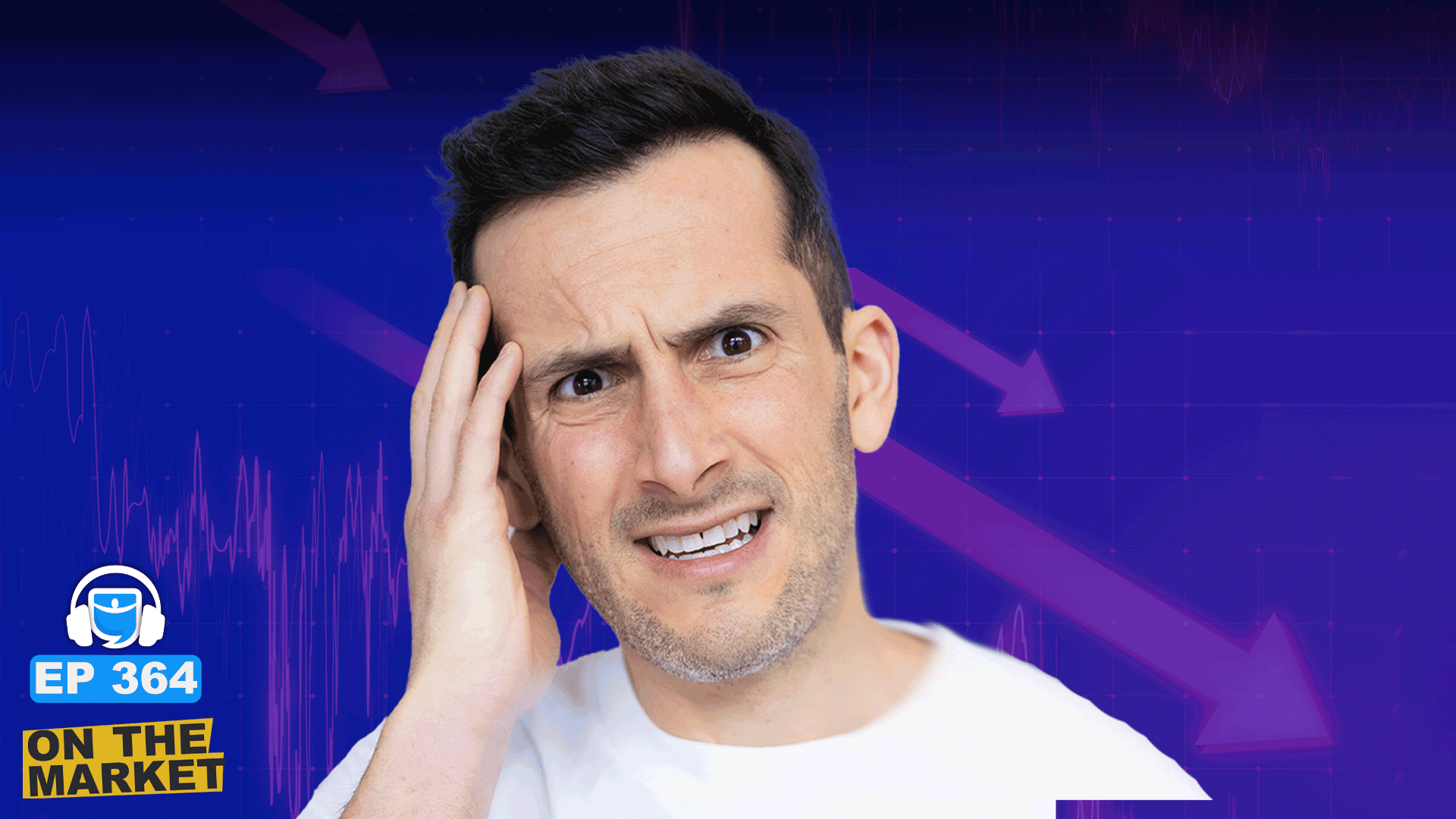Without official Bureau of Labor Statistics data to calm their nerves, analysts are wondering just how fast the U.S. employment market may have deteriorated.
While available data from private and alternative sources suggest that the jobs market hasn’t significantly weakened, economists are concerned that unemployment remains a key risk to the economy in 2026.
For now, ignorance is bliss for the markets. Investors, buoyed by the end of a government shutdown and a potential deal between the U.S. and India, again boosted markets and lowered their volatility expectations. The S&P 500 marked a respectable 1.54% increase on Monday, the Dow Jones was up 0.81% and the Nasdaq up a bullish 2.27%—the VIX volatility index was down by more than 6%.
This optimism has spread to both Europe and Asia: London’s FTSE 100 is up 0.94%, Germany’s DAX posted a minor gain of 0.23% and Paris’s CAC is up just shy of 0.7%. In Asia, India’s Nifty 50 is up 0.41% and the Hang Seng Index is up 0.18%. The Nikkei 225 and SSE are down slightly, by 0.14% and 0.39% apiece.
Investors’ confidence is yet to be marred by concerns about the labor market: After all, there is no concrete evidence to suggest a weakening in jobs numbers.
Nonetheless, RSM chief economist Joe Brusuelas wrote in a note to clients Friday that “the labor hoarding that has characterized the American jobs market over the past few years has ended.” During COVID, Fortune reported that skilled individuals in buzzy sectors like tech and AI were being ‘talent-penned’ to prevent them from being scooped up by rivals. As the AI skills landscape has become clearer, this safety net appears to be unravelling.
“With businesses investing prodigious sums of capital into productivity-enhancing technology, one should anticipate that firms of all sizes, and large businesses in particular, are poised to shed labor,” explained Brusuelas. “As the focus among businesses now turns to efficiencies and increasing productivity, we expect layoffs to increase, causing unemployment to rise.”
As a result, 2026 is likely to be a year of “low-hire, more-fire” he added.
Brusuelas’s take was echoed by Goldman Sachs’s chief U.S. economist, David Mericle. Writing in his weekly economics update overnight, Mericle noted that the finance giant’s layoff tracker is now at a higher level than in 2019 at the onset of the pandemic.
Goldman’s tracker is based off a series of other barometers collated by the bank: Layoffs, slack, and job growth. The layoff tracker shows a base case of a 0.2pp increase in the unemployment rate to 4.5% six months from now, and a 20-25% probability of a ½pp or larger increase.
“Our job growth tracker was stagnant over the summer, rose to 85k in September, then slowed to 50k in October. Incorporating the impact of the government deferred resignation program, we expect official nonfarm payrolls to decline 50k in October,” Mericle added, saying the possibility of jobless growth was a “key risk for the 2026 outlook.”
Brusuelas also warned that the Federal Reserve is not in a position to prevent the slowdown of the labor market with rate cuts. He argued the Fed does not have the tools to counterbalance issues like AI adoption or immigration policies, as these create structural, not cyclical, unemployment.
“The Fed is not well positioned to address, much less fix, the structural dynamics that are causing hiring to slow,” he added. “That is a function of fiscal policy, which right now remains a mess with the administration focused on trade and immigration.”
Here’s a snapshot of the markets ahead of the opening bell in New York this morning:
S&P 500 futures are up 0.31% this morning.
STOXX Europe 600 was up 0.63% in early trading.
The U.K.’s FTSE 100 was up 0.94%.
Japan’s Nikkei 225 was down 0.14%.
China’s CSI 300 was down 0.91%.
India’s NIFTY 50 is up 0.41%.
Bitcoin is down to $105k.





















